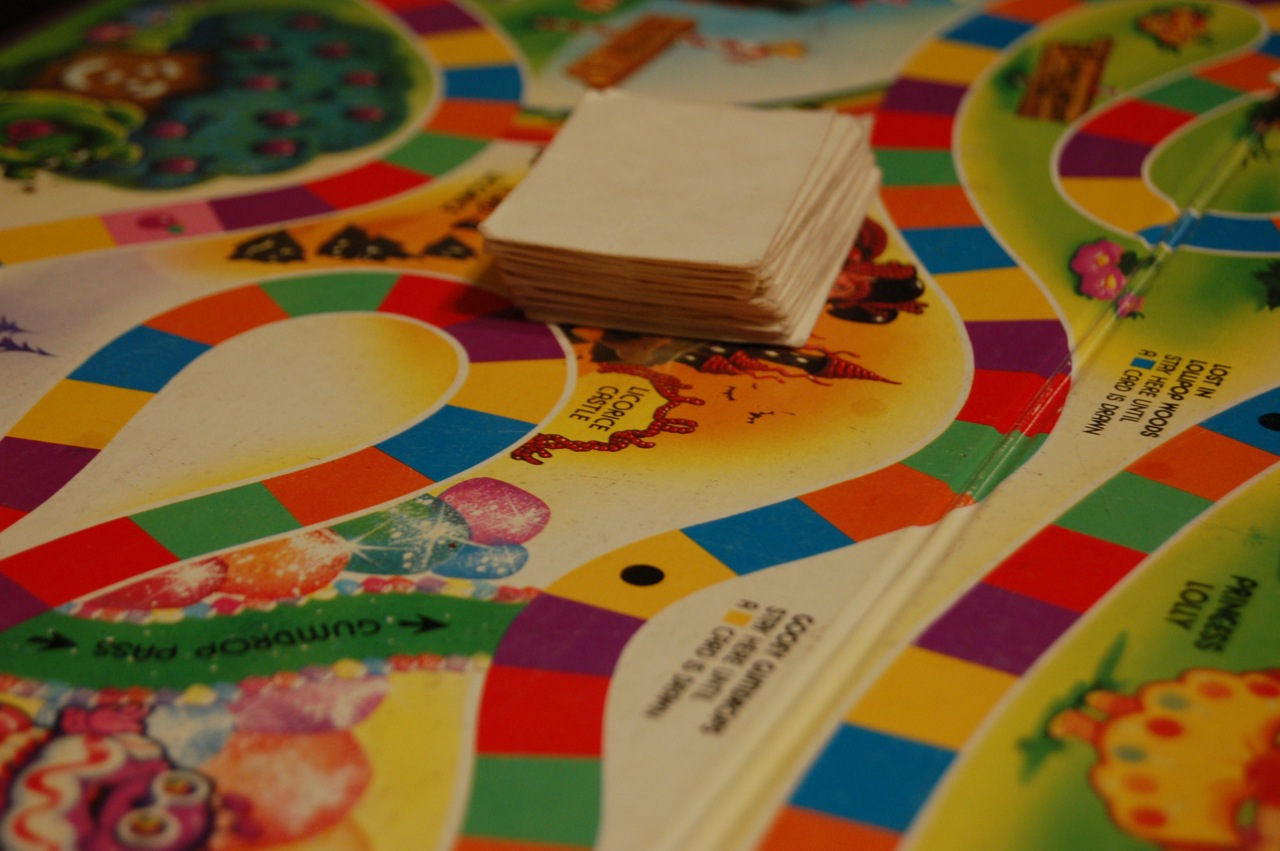Rhetorical Foundations
Applications in Technical Communications
Rhetoric teaches us that our communications must be shaped with an understanding of our intended audience and desired purpose. This is also true of technical communications. The goal of technical communications is to get information from Point A (the author/speaker) to Point B (the audience) as efficiently and effectively as possible. A strong rhetorical foundation helps facilitate that transmission.
Think back to the story in the introduction about the student in the physics lecture. In that scenario, the student (the audience) experienced a breakdown in the communication (lecture) being delivered by the teacher (the author). For the student, a lack of background knowledge meant not being able to keep up with the lecture. This lack of background knowledge is just one of the many factors that can cause gaps or roadblocks in understanding. Often, these gaps or roadblocks lead to miscommunication.

Here’s another example: Did you ever play Candy Land as a kid? Candy Land is a children’s board game where the objective is for players to race through the game to find the missing King Kandy and be the first to arrive at Candy Castle without getting stuck in any of the pitfalls (stay away from Molasses Swamp!) that would slow a player down and allow others to pass.
Think of the successful transmission of information like playing a game of Candy Land–your job as an effective communicator is to avoid the factors that cause your audience to get “stuck” on their way to understanding.
In professional and technical communication, it is important to remember your rhetorical foundation in order to minimize the possibility of gaps/roadblocks in order to ensure your information gets where you want it to go — you guessed it! — as efficiently and effectively as possible. Whether you are writing an email to a client, typing a memo for your boss, or preparing a presentation, considering audience, purpose, and context as you draft will help you be an effective communicator and increase your professional ethos.
